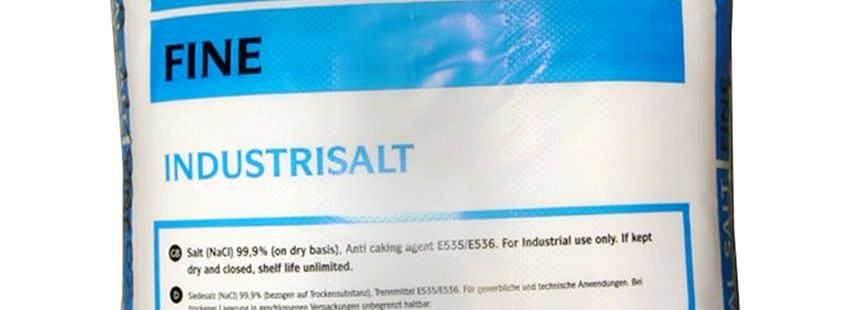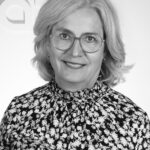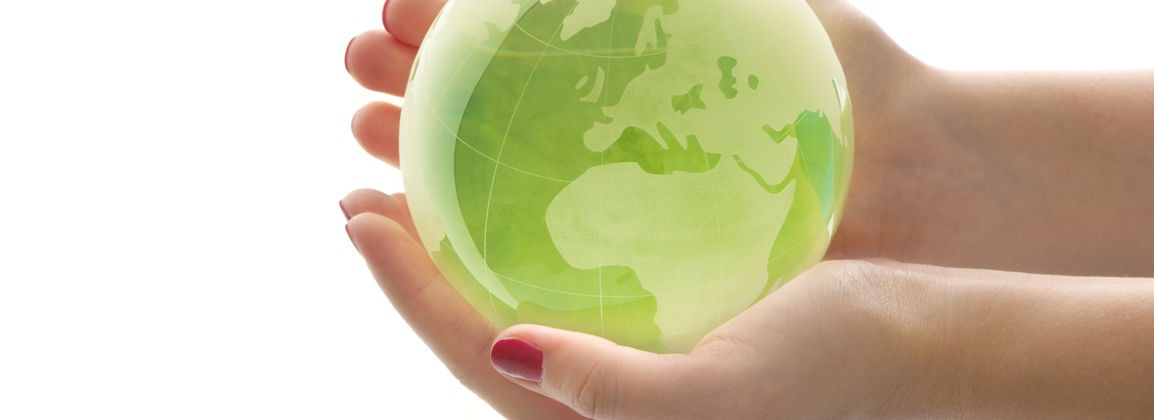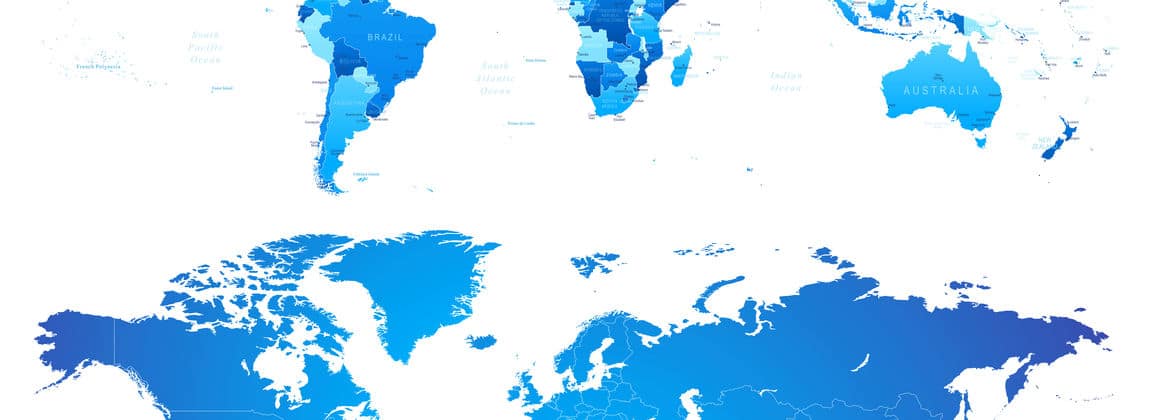The board of the Student Innovation Fund has chosen the best projects carried out in 2011 to compete for the President of Iceland's Innovation Award 2012. Two parties in collaboration with Matís have been nominated. The award ceremony will take place at Bessastaðir. February.
The parties in collaboration with Matís are Darri Eyþórsson and Einar Margeir Kristinsson on the one hand, but they worked on a project with Matís and the University of Iceland, which consisted of achieving improved utilization in Icelandic vegetable growing. Hugrún Lísa Heimisdóttir is also nominated for her project "Protein quantity analysis of the digestive tract of cod climbers" which is carried out in collaboration with Matís and the University of Akureyri.
Matís sincerely congratulates these parties, as well as all the nominees, on their great results and great projects.
More about the President of Iceland Award (from Rannís' website, www.rannis.is)
The board of the Student Innovation Fund has chosen the best projects that were done in 2011 to compete for the President of Iceland's Innovation Award 2012. The final finishing touches for the Student Innovation Fund's grants in 2011 are now nearing completion. The purpose of the fund is to support university students in undergraduate and master's studies for summer work in innovation and research. Almost 500 applications for grants for summer work in innovation and research were received by the fund this year.
The fund was funded by 50 million from the Ministry of Education and Culture and the City of Reykjavík contributed 30 million. The support enabled the Student Innovation Fund to support 131 projects where 190 students worked for 493 man-months.
The end point and also the highlight of the career is the awarding of the President of Iceland's Innovation Award to those projects that are considered to excel. All students who submit a final report before the advertised deadline are eligible for the award. This time, 111 reports were received by the fund before the deadline, so the board had difficulty selecting the projects that could be considered. The projects were extremely diverse and the work took place in all parts of the country.
The board of the Student Innovation Fund selects the projects that are nominated as top projects and compete for the President of Iceland's Innovation Award on the advice of the fund's professional councils. The award ceremony will take place at Bessastaðir next February. Further information can be obtained from Hulda Proppé, Hulda.P@rannis.is, tel. 515-5825 and 821-4332.
The finalization of the Student Innovation Fund's grants for the 2011 grant year is now nearing completion. The purpose of the fund is to support university students in undergraduate and master's studies for summer work in innovation and research. Almost 500 applications for grants for summer work in innovation and research were received by the fund this year.
The fund was funded by 50 million from the Ministry of Education and Culture and the City of Reykjavík contributed 30 million. The support enabled the Student Innovation Fund to support 131 projects where 190 students worked for 493 man-months.
The end point and also the highlight of the career is the awarding of the President of Iceland's Innovation Award to those projects that are considered to excel. All students who submit a final report before the advertised deadline are eligible for the award. This time, 111 reports were received by the fund before the deadline, so the board had difficulty selecting the projects that could be considered. The projects were extremely diverse and the work took place in all parts of the country.
The board of the Student Innovation Fund selects the projects that are nominated as top projects and compete for the President of Iceland's Innovation Award on the advice of the fund's professional councils. The award ceremony will take place at Bessastaðir next February. An overview of the projects that received nominations this time can be accessed here.
For further information, please contact Hulda Proppé at Rannís.










